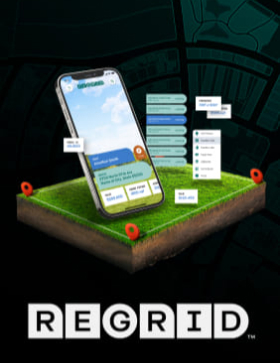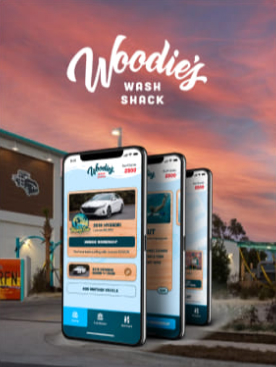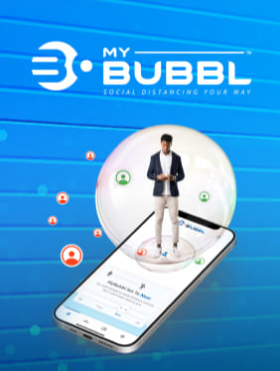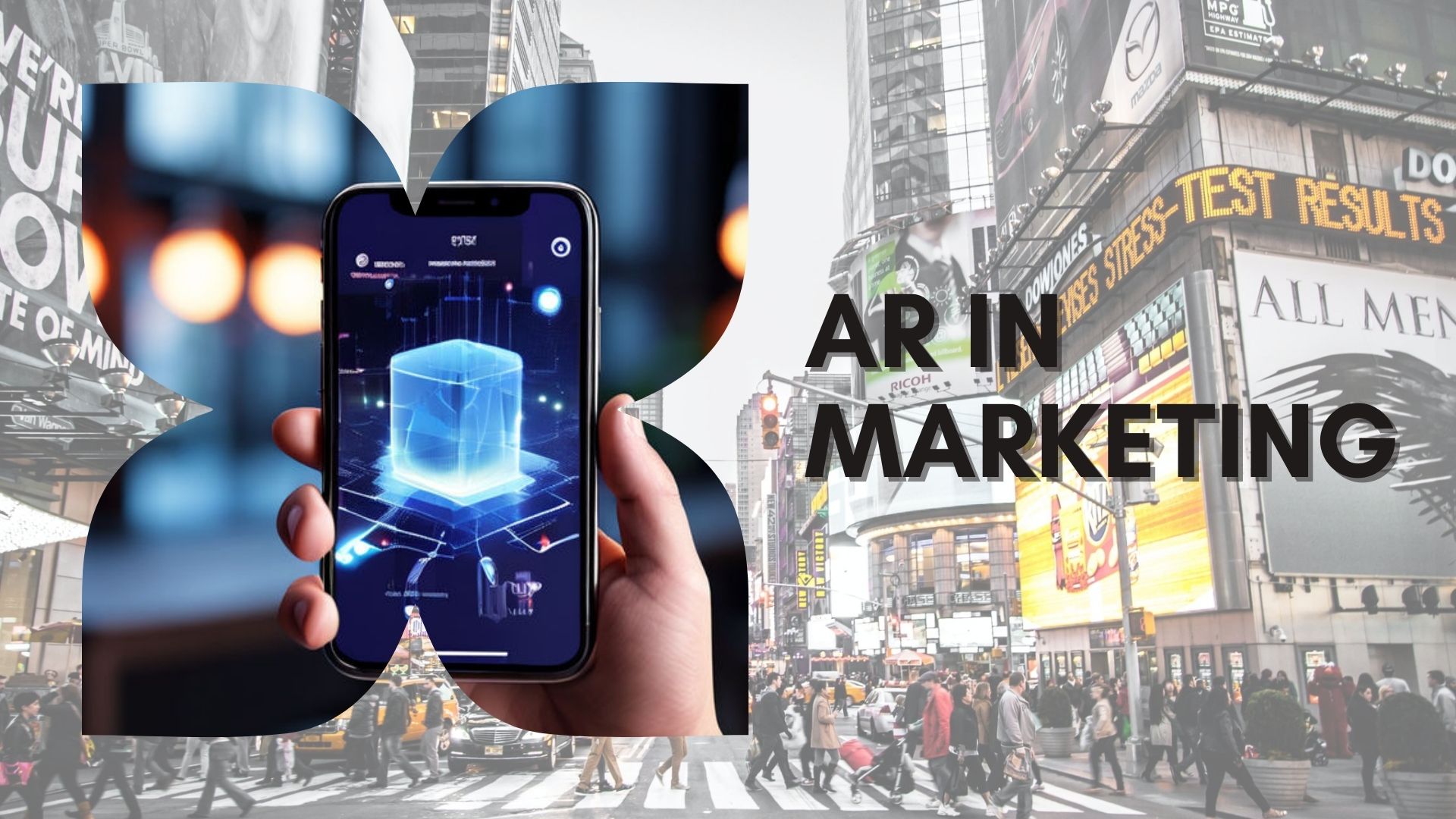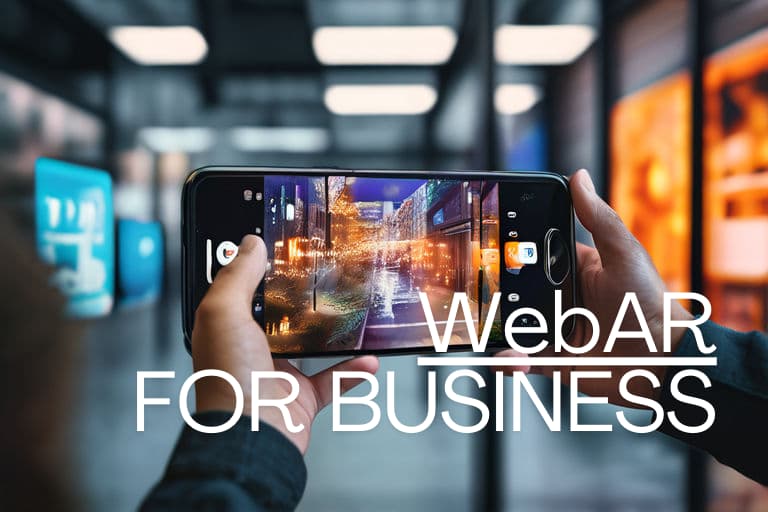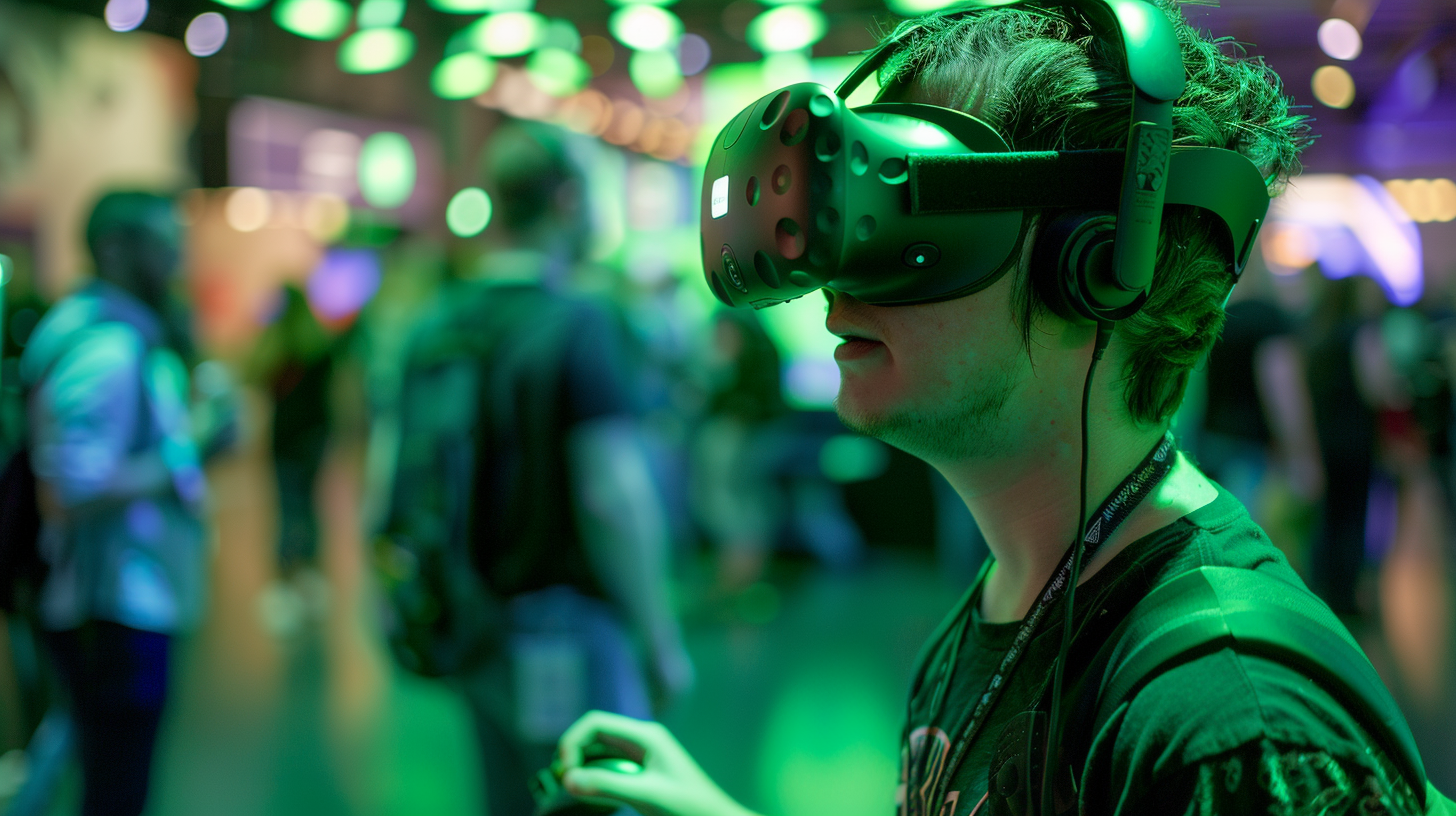
Everyone wants more from trade shows but finding success is a long process. Beyond wasting time & money at events, the chaos of planning is a hassle. Especially if your products don’t fit on the showroom floor. This is why many industries turn to Virtual & Augmented Reality to improve business metrics. So today we’ll share the most common problems VR & AR solve, how to use it in your business, & some examples.
Why Businesses Use Virtual & Augmented Reality At Trade Shows
There are two major reasons businesses decide to pursue AR/VR at trade shows— Logistical problems & Increasing Sales
Logistical Problems
Transporting Large Products
Many businesses, particularly industrial companies, often deal with large products. Showcasing these products on the showroom floor can be costly and challenging. This results in increased trade show expenses due to high transportation costs and the need for global travel.
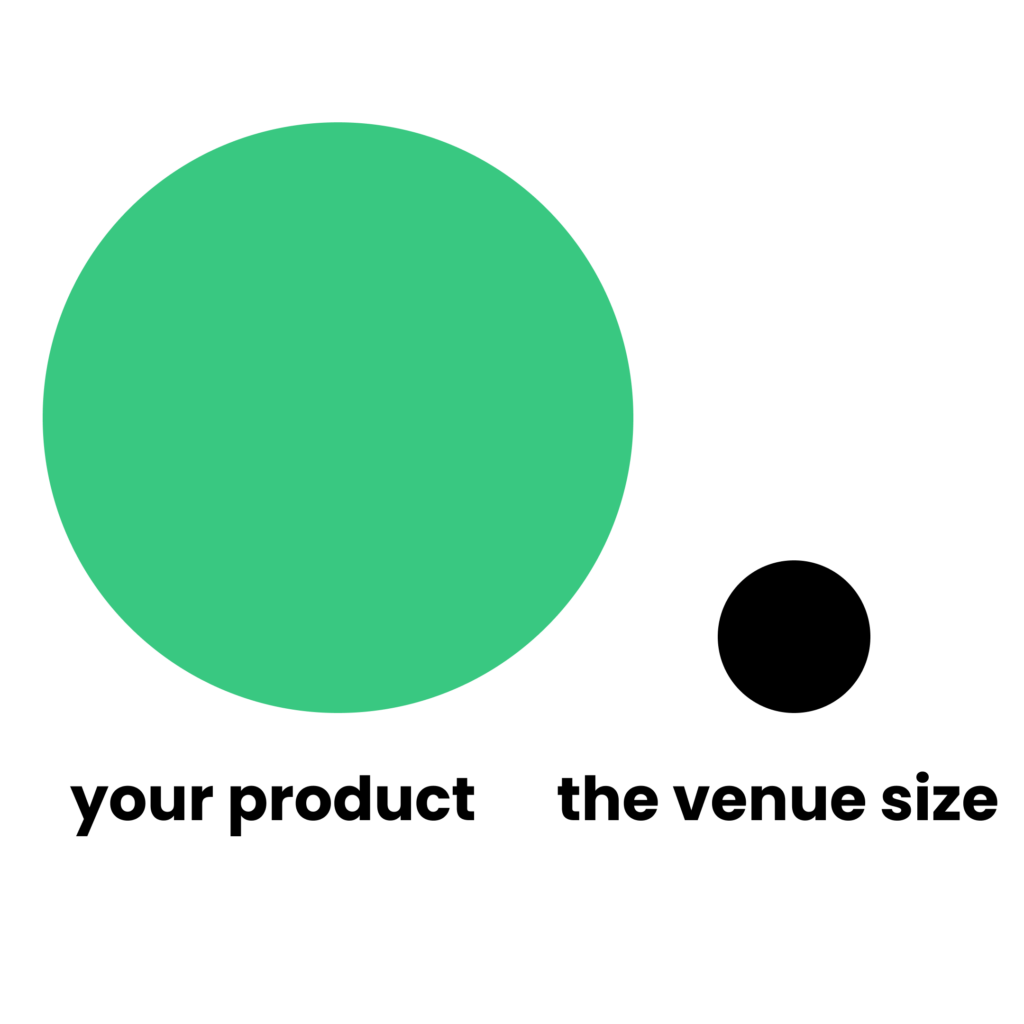
Companies are pursuing ar/vr tools to save money on transportation lowering their CPE (cost per event). By turning their products into a VR/AR experience, you can take your products anywhere in the world for no cost.
Small Products
Fields like medicine rely on product demonstrations for things like grafts which sit in someone’s body. This makes presenting the product a challenge as you can’t show what’s happening inside of someone’s body. This is why medical companies turn their product into an educational tool. Visualizing what the product does inside of the body & increasing engagement with a fun experience.
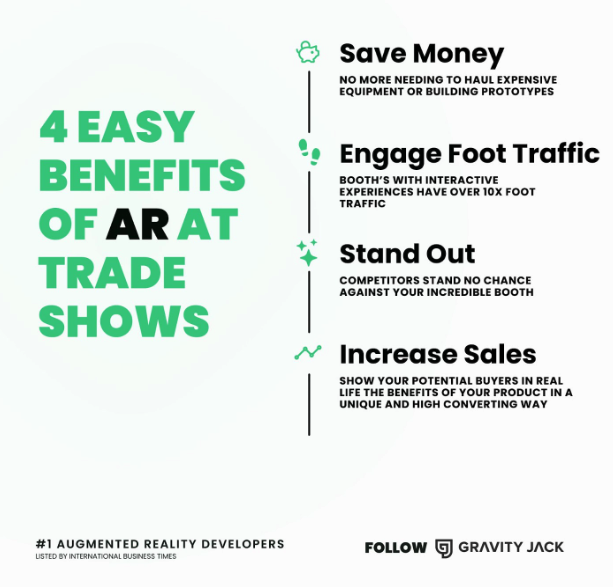
INCREASING SALES WITH VIRTUAL & AUGMENTED REALITY AT TRADE SHOWS
MORE ENGAGEMENT
There’s nothing like an AR/VR experience to drive tons of traffic to your booth. With people at your booth wearing headsets and playing on their phones— your engagement skyrockets. AR/VR increases engagement by 200% because it’s such a unique & exclusive experience. For businesses looking to increase foot traffic to your booth at events, AR/VR is the best way to do this.
MORE SALES & MORE LEADS
More traffic that leads to more demos leads to more sales. One of the beautiful things about AR/VR is that you can easily track data like your user’s email for easy follow-up. AR/VR works best when you pair it with a thoughtful sales process.
HOW BUSINESSES ARE USING VIRTUAL & AUGMENTED REALITY AT TRADE SHOWS
MEDICAL
Dentsply Sirona uses Augmented Reality to create an educational experience for showroom traffic. By illustrating how their product solved common problems dentists face, they increased sales. Their AR experience rendered a fictitious mouth inside of their prime scan machine. Attendees used their own hands to rotate the render of the mouth as if they were sitting beside a patient. Showing how their product fits into their existing workflow. By tailoring the experience to each attendee’s needs, they saw more success at events.



INDUSTRIAL
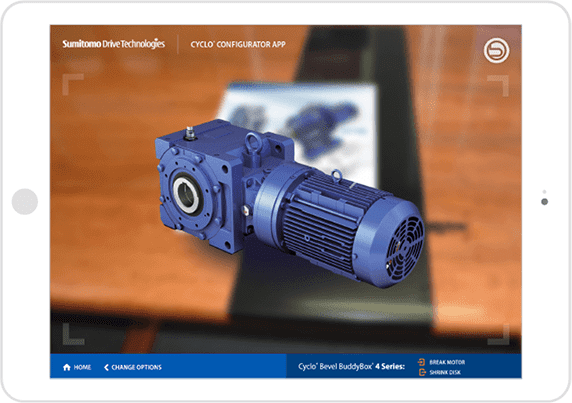
Sumitomo creates large machinery in many different industries. The issue is that it’s hard to move these things because they weigh over 10,000 pounds. So they chose an AR solution built for tablets.
The Sumitomo AR App lets you look inside their huge products. Seeing how the product works & how it gets implemented in manufacturing workflows. Teaching customers about their products that they couldn’t lug with them to the trade show showed an ROI for events.
ENTERTAINMENT
The United States Department of Defense created a VR app where users learn how to analyze field evidence to gain information on bad guys. Trade show attendees put on a VR headset with a booth rep and get started. In this app, they’re placed in different scenarios where they gather forensic evidence. After gathering evidence, attendees identify a bad guy and get graded on this performance. They turned their training system into a game to show the value, attracting more people and giving them a memorable experience.
IS AR/VR RIGHT FOR YOUR BUSINESS
WHAT YOU NEED TO KNOW ABOUT VIRTUAL & AUGMENTED REALITY FOR TRADE SHOWS
Many people get confused on the difference between ar & vr. Virtual Reality is an immersive experience transporting you to different digital landscapes. Virtual Reality requires a headset. Augmented Reality is a digital overlay on your surroundings.
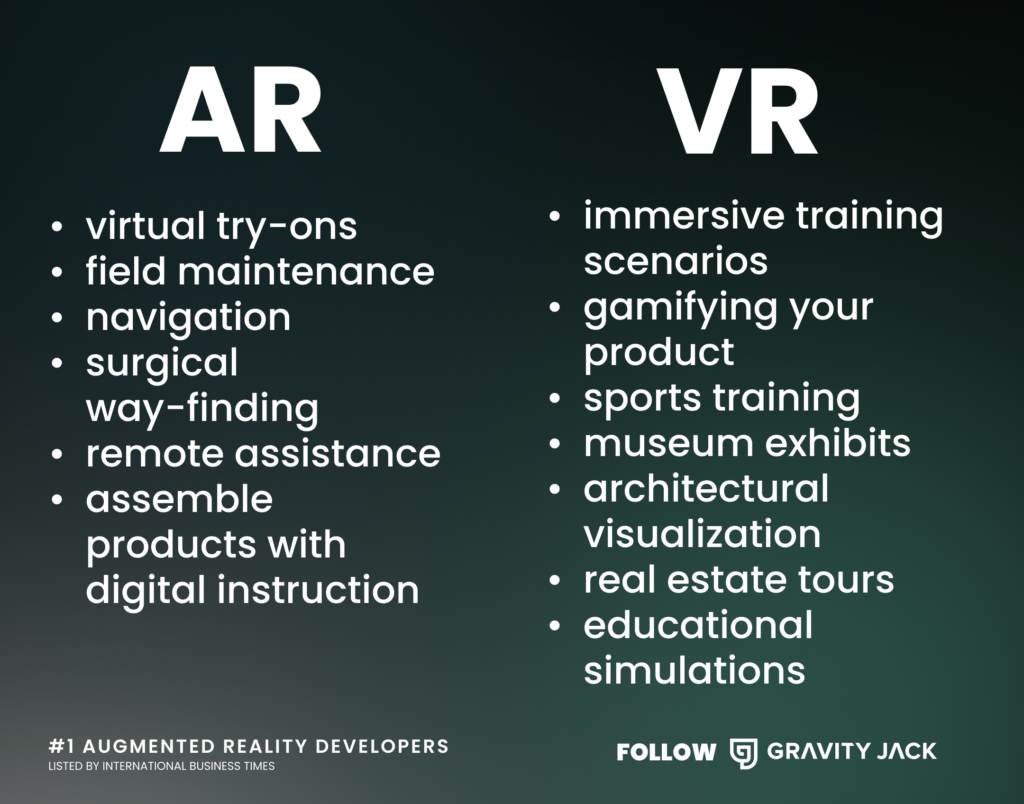
IS VIRTUAL REALITY RIGHT FOR MY BUSINESS
VR headsets are eye-catching at events & everyone wants to see what’s happening inside of them. For this reason, they are attractive to many businesses. This doesn’t mean they’re always the right choice. If turning your product into a game or an immersive experience, Virtual Reality is the best option for you. Oftentimes, this is best for businesses highlighting their training capabilities. VR experiences allow for many more possibilities which is why it’s the favorite among trade show attendees.
IS AUGMENTED REALITY RIGHT FOR MY BUSINESS
AR is the go-to option for many businesses. It’s more affordable to create & offers more flexibility. For businesses with products that you need to see inside of to help sell, Augmented Reality is right for you. Additionally, Augmented Reality is much more accessible to the average attendee. You can use Augmented Reality with just a phone, and there’s no need for a separate app. With webAR, there’s almost no friction to start your augmented reality experience. Meaning that you’ll get much more engagement with attendees as all it takes to start is a QR code. If you want your prospects to interact with the real world, to save money, & visualize your product— Augmented Reality is right for you.
Want to Dominate Your Next Trade Show?
Download Our Free Trade Show Checklist
Everything you need to generate leads from trade shows. This is practical guidance that you can use no matter the budget. So here’s a quick checklist to hit at your next trade show.

